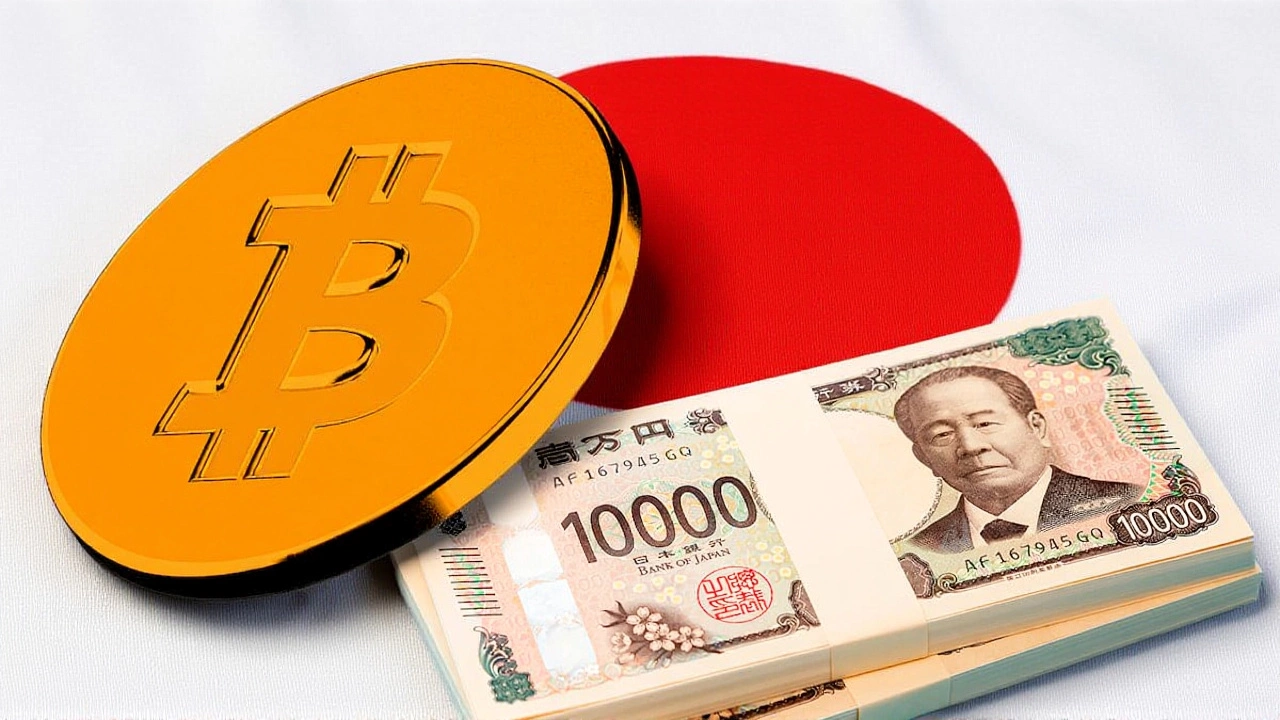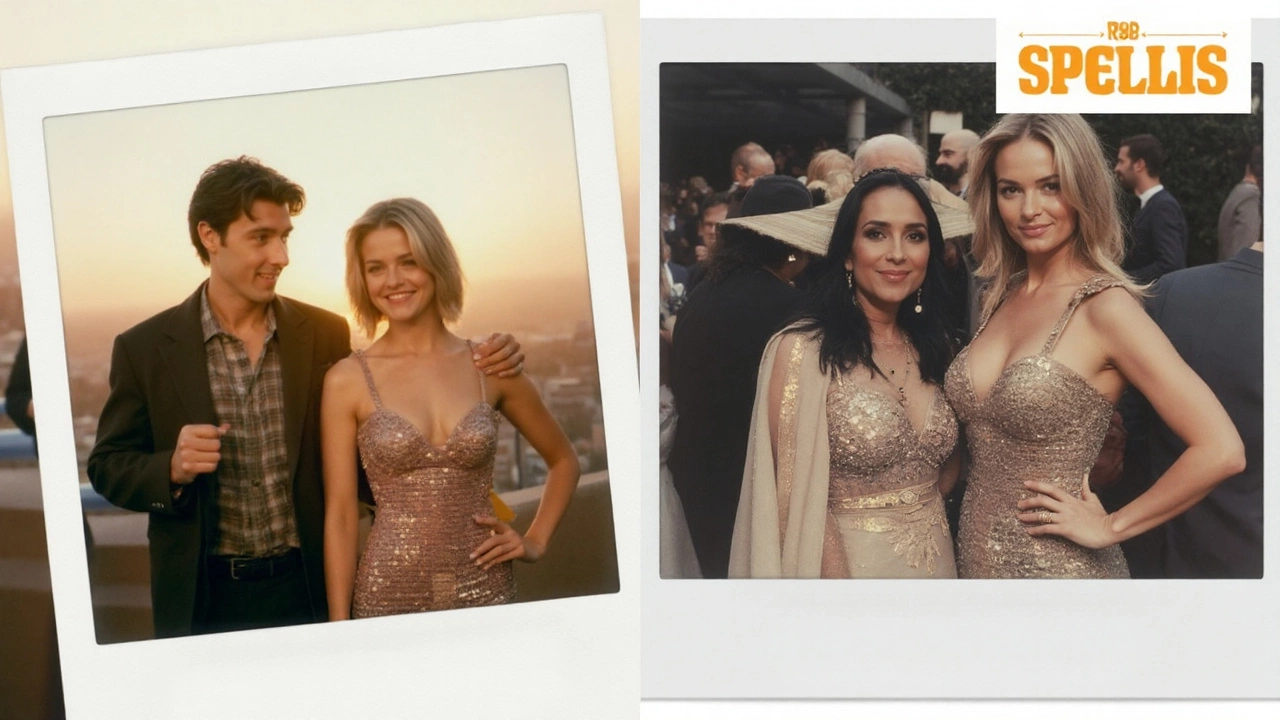Technology Trend Alert: Gemini Nano Banana AI Image Generator
If you scroll through your feed lately, you’ve probably seen a flood of ultra‑realistic AI photos that look like retro Polaroids of celebrities. That’s the Gemini Nano Banana trend taking over social media, and it’s more than a visual gimmick.
What is Gemini Nano Banana?
Google built this feature into its Gemini app. It uses a model called Imagen 4 to turn short text prompts into crisp, glossy images that mimic the look of 90s disposable camera shots. You type something like “Brad Pitt on a yacht in 1995” and the AI spits out a picture that seems pulled straight from an old magazine.
The magic isn’t just speed. Imagen 4 can render fine details—textures, lighting, even the grain of film—so the result feels authentic. That’s why creators love it: you get a high‑quality visual in seconds without a photographer.
Why it matters for creators
For content makers, Gemini Nano Banana cuts down production time dramatically. Need a vintage‑style ad for a brand campaign? A few prompts and you have a batch of images ready to edit. It also opens doors for people who lack design skills but have good ideas.
Marketers are using it to mock‑up concepts fast, while influencers sprinkle the style into their stories to boost engagement. The trend shows how AI can boost creativity instead of replacing it—if you know how to use the tool wisely.
But there’s a flip side. Because the tool can mimic real people, scammers have started generating fake celebrity photos to sell bogus products or create phishing scams. That’s why it’s crucial to verify sources when you see a striking image that seems too perfect.
So how can you stay safe? First, check the context. If a post claims a celebrity endorses something, look for an official statement. Second, use reverse‑image search to see if the picture appears elsewhere. Finally, be transparent—if you use AI‑generated visuals, let your audience know.
Beyond safety, the trend pushes the industry toward new standards. Brands are now expected to deliver eye‑catching visuals quickly, and AI tools like Gemini Nano Banana are meeting that demand. The speed of creation means campaigns can be launched in days rather than weeks.
If you’re new to this, start simple. Pick a clear, short prompt and experiment with wording. Slight changes—adding “sunset” or “vintage filter”—can dramatically shift the output. Play around with the built‑in editing tools to fine‑tune colors or crop the image.
Another tip: combine AI‑generated images with real photos. Blend a genuine backdrop with an AI‑created subject for a hybrid look that feels both authentic and fresh. This approach can help avoid the uncanny valley feeling that sometimes arises with pure AI art.
Looking ahead, expect more integrations of AI image generators into everyday apps. The line between professional design software and phone apps is blurring. As models improve, the quality of generated images will get even harder to distinguish from real photos.
For now, Gemini Nano Banana offers a fun, powerful way to add a retro vibe to modern content. Whether you’re a marketer, a hobbyist, or just curious, the tool gives you a quick path to eye‑catching visuals.
Remember, the best use of any tech is to solve a problem or spark creativity. Use the trend to experiment, but keep an eye on authenticity and ethics. That balance will keep the tech exciting without crossing into misinformation.
So, next time you see a glossy AI portrait of a 90s star, ask yourself: Was this made in minutes with a prompt? Probably yes. And that’s the power of today’s technology—fast, flexible, and just a little bit mind‑blowing.
Metaplanet's $130M Bitcoin Loan Sparks Japanese Digital Asset Stock Surge
Metaplanet Inc.'s $130M Bitcoin-backed loan triggered a 7% stock surge and sparked gains across Japanese digital asset firms, signaling institutional confidence in Bitcoin as productive collateral — echoing MicroStrategy's strategy in the U.S.
Read MoreBitcoin Salaries Go Mainstream: 1 in 4 Companies Now Pay in Crypto
Bitcoin hits $123,000 as 25% of global companies now pay employees in crypto, with stablecoins dominating payroll. Gen Z leads demand, regulations evolve, and hybrid pay models become essential for attracting talent.
Read MoreGemini Nano Banana Trend Explodes: Polaroid-Style Celebrity Photos and the Prompts Driving It
Google’s ‘Nano Banana’ trend is flooding feeds with hyper‑real AI photos, from retro celebrity polaroids to luxury lifestyle shots. Built into the Gemini app and powered by Imagen 4, the tool blends fast generation with precise editing and spot‑on text rendering. Creators love the cinematic look; scammers love the hype. Here’s how people are making it work—and staying safe.
Read More



